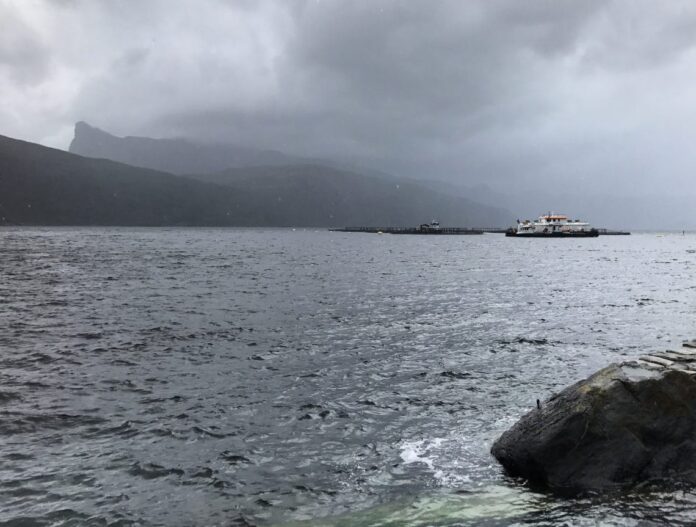Those who hoped for a life jacket from the state budget were thrown a new lead lot.
The Støre government is historic. It will go down in the history books as the government that punished the Norwegian fish farming industry the hardest in purely fiscal terms. No one else is around.
The message from the proposed state budget for 2023 is clear: Now the state will skim the cream of salmon farming. Lifting capital from private pockets and over to the public sector. Private ownership will be reduced in a way that resembles a partial nationalization – in the same way as in power and oil.
From now on, it is not innovation, development and growth that apply. From now on, salmon farming will primarily strengthen the state’s finances.
Promises
On Thursday morning, Centre Party leader and Finance Minister Trygve Slagsvold Vedum presented a state budget that oozes tax increases. To a government money bin overflowing with energy revenues.
The resource rent tax is well known. But it does not stop there.

The government will raise the wealth tax from 0.95 to one percent. From this year, wealth tax was raised from 0.85 to 0.95 percent for assets under NOK 20 million (€1.9 million). For assets over NOK 20 million, the wealth tax was raised to 1.1 percent.
The special Norwegian wealth tax is independent of earnings. And it has become particularly demanding for small and medium-sized fish farmers, as the value basis for licenses is simultaneously raised significantly – to market value.
However, the market value for licenses is currently extremely fluid after the same government last week proposed a 40 percent resource rent tax on aquaculture. A clue can nevertheless be the minimum prices for the upcoming auction of new licences. These were halved, to around NOK 100,000 (€10,000) per tonne, two days ago.
In any case, for most business players of a certain size, the wealth tax must be covered by taking dividends, or draining the companies they are shareholders in. From now on, they must take out even larger dividends for this, as the dividend tax is now increased from 35.2 to 37.8 percent. This is money of which the company has already taxed 22 percent. The government will increase dividend tax from today.
Not enough
This proposal has been presented before the government enters into budget negotiations with the support party SV (Socialist Party).
SV leader Audun Lysbakken has already come out and said, predictably enough, that the state budget is “not fair enough and not green enough “. Lysbakken demands stronger redistribution to the poor and a better climate policy before budget negotiations with the government.
When SV talks about “stronger redistribution”, it usually means increased taxes. The question is where it should be taken from. Lysbakken hints at increased oil tax. For hard-pressed fish farmers, one can keep one’s fingers crossed that the government’s budget partner will not bleed out the coastal businesses further.
Not for the sake of the fish farmers’ cash reserves and pockets. A reduction in the fish farming companies’ results, combined with an increased need for dividends, primarily means smaller investment budgets. Smaller investment budgets mean fewer new work boats, wellboats, cages, gutting machines, underwater cameras, feeding systems and nets.
This in turn means less activity and fewer jobs in the supplier industry. And it is in the supplier industry that most of the jobs in Norwegian aquaculture are located.

